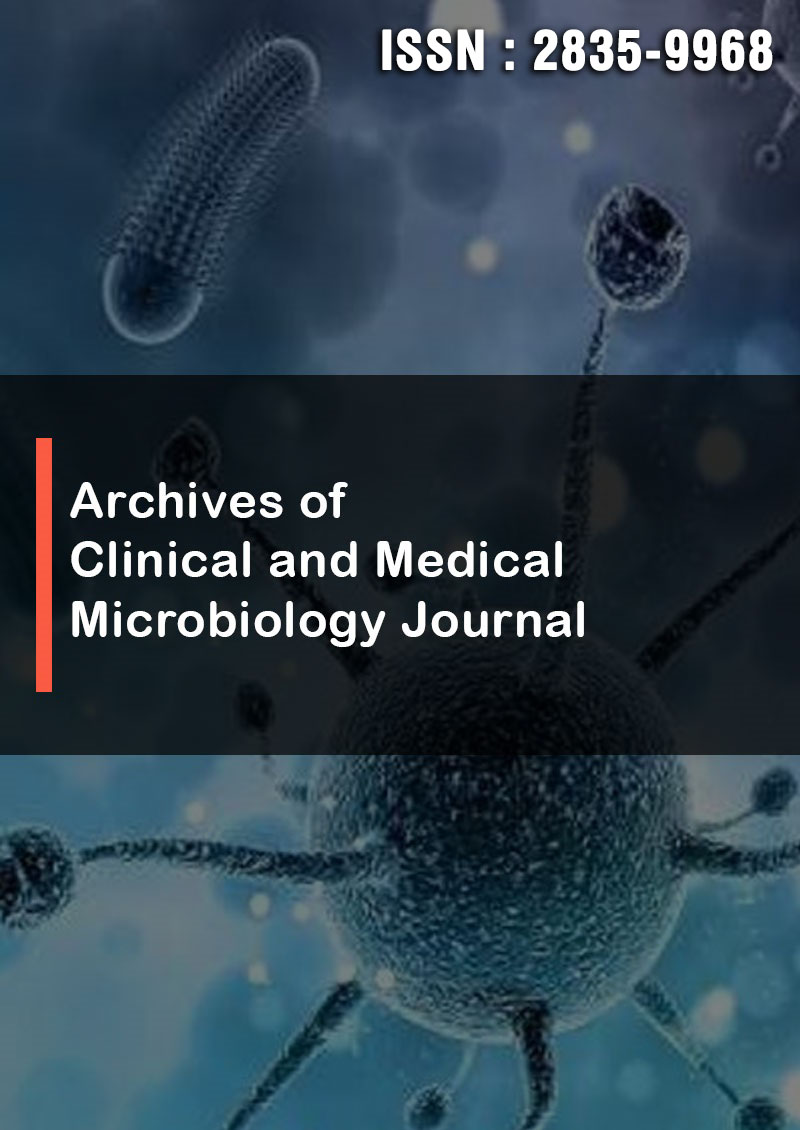Case Report: A Severe Asthma Symptom with Biological Medication
Abstract
Sajjad Ali Chang, Aamna Balouch and Aamir Ali Raja
Research from Sindh Pakistan showed that 15% of patients are in therapy phases, many based on data from the specialized literature. According to the Global Initiative for Asthma, around 9.8% of grownup females and 6.1% of the male population suffer from asthma. In this instance, a 31-year-old patient who has had bronchial asthma for more than ten years and who has never had occupational exposure to the condition is presenting with persistent dyspnea at rest, wheezing, and mechanical ventilation. This patient has also had multiple hospitalizations in the Pneumology Service for severe exacerbations. One of these exacerbations required hospitalization in the Anesthesia and Intensive Care Service, orotracheal intubation, and mechanical ventilation manifesting with chest tightness, wheezing, and persistent dyspnea when at rest and obstructive ventilatory dysfunction with a 37.57% decrease in maximum expiratory volume per second and 156% reversibility. No acute lesions on the X-ray pleuro- pulmonary: 13,550 leukocytes; 5566 eosinophils per milliliter; 4107%. Allergy caused by immunoglobulin E (IgE) confirmed, and IgE total of 513 IU/L, no sensitivities to skin prick testing, according to an allergy consultation and epithelial allergy, herbatum, and fumigatus specific IgE. Bronchoscopic techniques were used to rule out pulmonary aspergillosis, and mycological tests came back negative. Treatment with omalizumab 300 mg per month began, with no need for hospitalizations, exacerbations, or systemic corticosteroid therapy.



